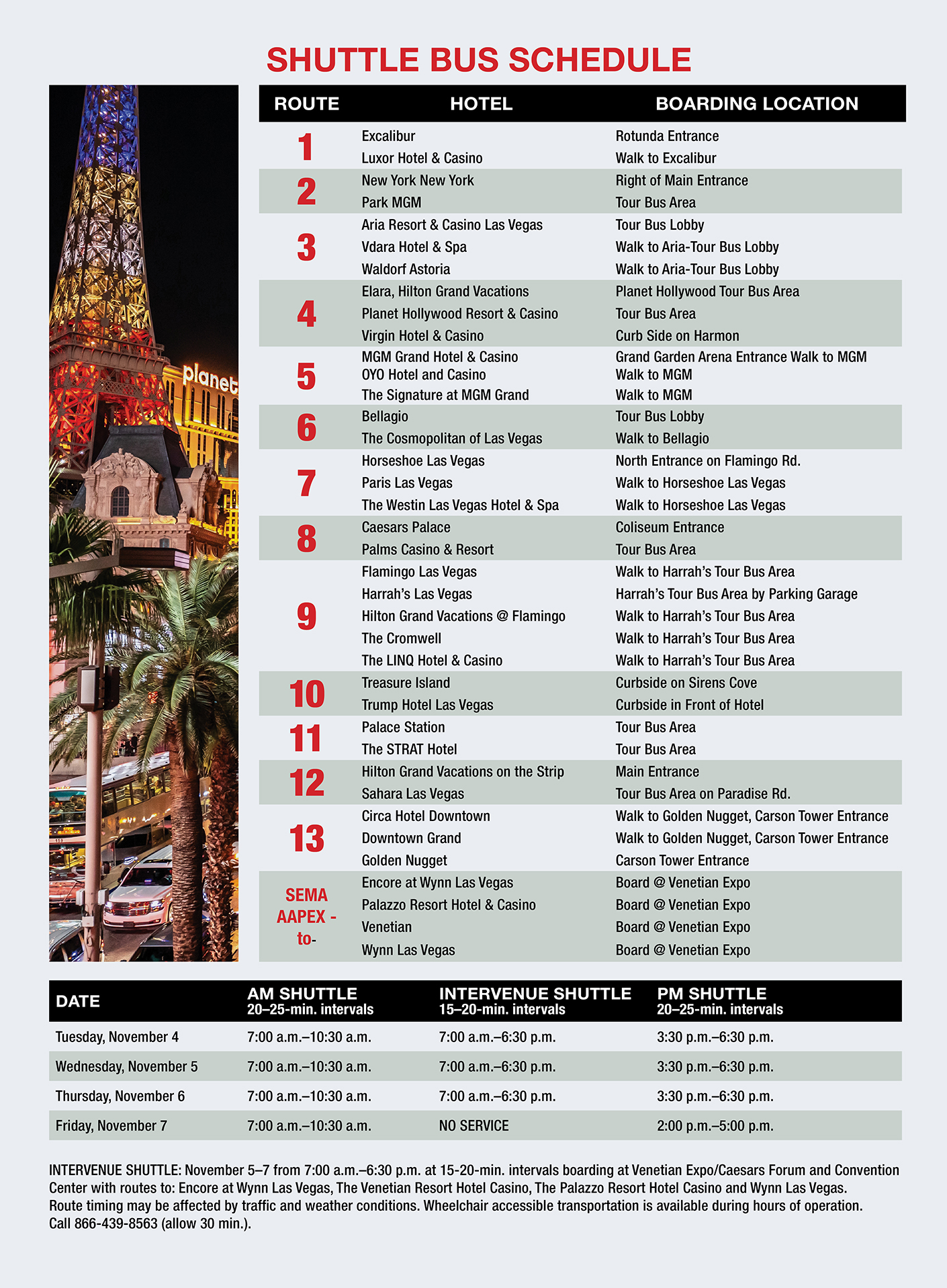From the SEMA Washington, D.C., office

In a busy week of advocacy on behalf of the off-road community, SEMA has lent support to several federal efforts to expand motorized access to public lands.
SEMA Urges U.S. Bureau Of Land Management to Reopen OHV Trails in Moab, Utah
SEMA late last week voiced strong support for a Bureau of Land Management (BLM) proposal to reopen nearly 150 miles of off-highway vehicle (OHV) trails throughout Labyrinth Rims/Gemini Bridges Travel Management Area near Moab, Utah. In comments submitted to the BLM, SEMA highlighted motorized recreation as an integral part of Moab's economy and the cultural benefits of restoring motorized access to one of the nation's most popular off-road destinations.
- SEMA opposed the BLM's 2022 draft Labyrinth Rims/Gemini Bridges Travel Management Plan (TMP), which ultimately closed nearly 300 miles of trails to motorized vehicles. With the Trump Administration's proposal to reopen nearly 150 miles of these trails, SEMA and its members voiced strong support for the BLM's plans to reopen trails that are enjoyed by OHV enthusiasts from around the country who support the $720 billion motorized outdoor recreation industry.
"All too frequently in the past, the U.S. Bureau of Land Management (BLM) aggressively pursued closures of trails enjoyed by the off-road and motorized recreation community, including some of the most sacred areas accessed for decades by off-highway vehicle (OHV) enthusiasts," said SEMA Senior Vice President for Public and Government Affairs Karen Bailey-Chapman in the organization's comments. "SEMA thanks the BLM for addressing past errors and restarting efforts to reopen routes in the Labyrinth Rims/Gemini Bridges Travel Management Area. This proposal is critical to restoring necessary access for thousands of OHV enthusiasts who recreate on these trails. It is also of critical importance to all the businesses that depend on members of the off-road community, many of whom travel to the Moab area each year with their friends and families."
- Read SEMA'S full comments here.
SEMA Backs Senate Bills to Expand Offroad Access for Americans with Disabilities
U.S. Senator Mike Lee (R-UT), Chairman of the Senate Energy and Natural Resources Committee, has introduced a trio of SEMA-supported bills focused on expanding motorized recreational access to government-owned lands. This legislative package includes the "Outdoor Americans with Disabilities Act," a bill that would expand motorized trail access to ensure individuals with disabilities can access federal and state-owned public lands, which earned SEMA's support by providing important assurances of motorized access to public lands that will benefit the community as a whole.
Currently, large portions of federally managed lands restrict motorized access, which creates a barrier that prevents individuals with disabilities from accessing public lands. The bill ties disability access to the availability of open roads by requiring that one square mile of public land must have at least 2.5 miles of authorized roads accessible to motorized vehicles.
SEMA is proud to support efforts to make our public lands more accessible to individuals with disabilities.
"SEMA thanks Senator Lee for reintroducing the Outdoor Americans with Disabilities Act," said Bailey-Chapman. "This bill would ensure that federal lands, including our nation's natural treasures, can be enjoyed by and are accessible to all Americans. For far too long, federal land management policies have reduced motorized recreational access to public lands at the expense of the disabled and large segments of the U.S. population who are not physically able to enjoy them. Sen. Lee's legislation is a welcome policy shift in the name of access for the American people."
Legislation Details
S. 2968 – the "Outdoor Americans with Disabilities Act"
- Greatly expands access to government lands, including those managed by the U.S. Department of the Interior and the U.S. Forrest Service, for individuals with disabilities.
- Defines "disability-accessible land" as public land on which at least 2.5 miles of authorized roads accessible to motorized or off-road vehicles exist for each square mile.
- Directs the Interior Department and the Forest Service to update travel management plans to ensure that each square mile of public land has a minimum of 2.5 miles of roads accessible to motorized vehicles.
- Requires land managers to coordinate with state, county, local, and tribal governments to identify which roads provide the best opportunities for recreation and to give local stakeholders a voice before any road is closed.
- Prevents roads from being closed if doing so would cause an area to fall short of accessibility requirements, except in cases of emergency or significant safety threats.
- Requires road closures to be paired with the designation of alternative routes.
S. 2969 – State Motor Vehicle Laws in National Park System Units
- Amends federal law governing the National Park Service to clarify that the state laws in which a "System unit" is located shall apply to the use of motor vehicles (including off-highway vehicles) on roads within that unit.
- Create consistency and predictability.
S. 2970 – A bill to authorize the use of off-highway vehicles in certain areas of the Capitol Reef National Park, Utah
- Authorizes OHV use on the following roads within Capitol Reef National Park, Utah: Burr Trail Road, Cathedral Road, Hartnet Road, Highway 24, Notom Bullfrog Road, Polk Creek Road, Oil Well Bench Road, Baker Ranch Road, South Desert Overlook Road, Temple of the Sun and Moon Road, Gypsum Sinkhole Road, and Sulphur Creek Road.
- Clarifies that Utah's motor vehicle laws, including those for OHVs, apply to these designated roads.




 1. Interact With Vehicles and Exhibitors on the Show Floor
1. Interact With Vehicles and Exhibitors on the Show Floor Bessie, SEMA's AI-Powered Chatbot
Bessie, SEMA's AI-Powered Chatbot







